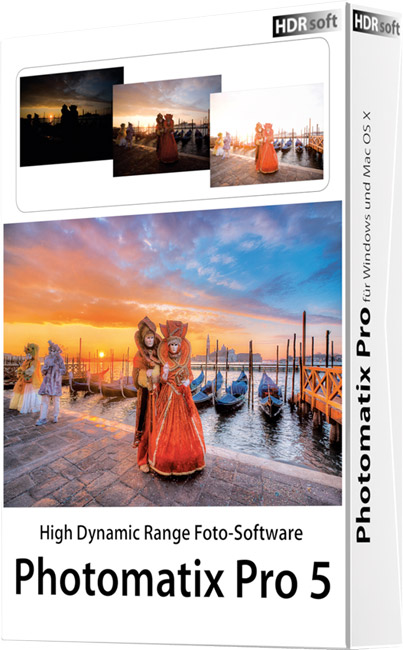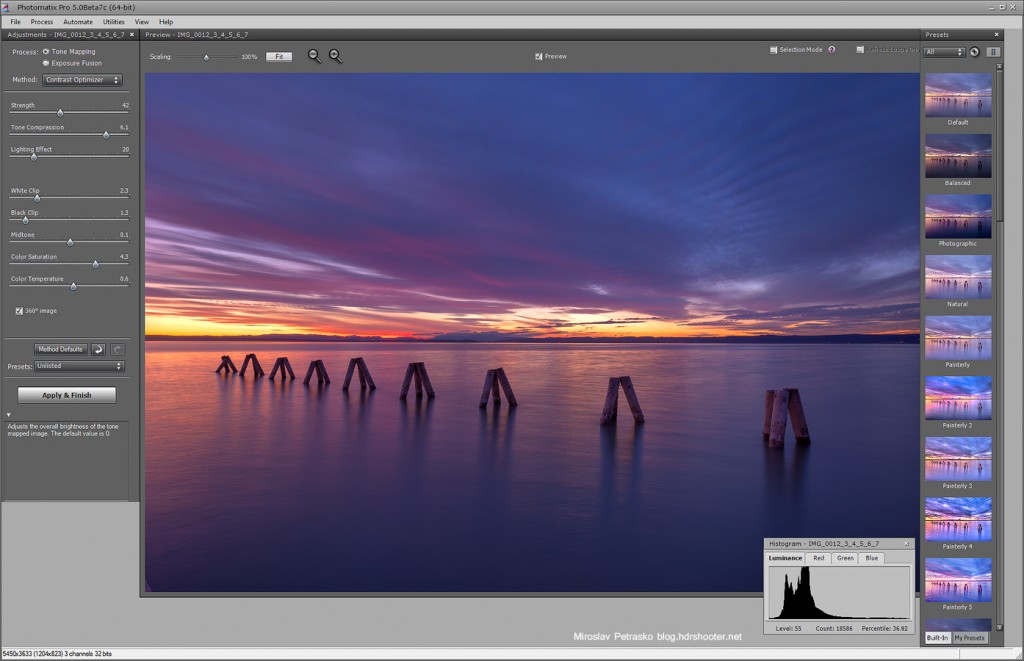

Even though some of your images looks well exposed, you can still get noise when you brighten up the shadows significantly. There is no right or wrong, get the HDR photo effects that you want! Express the creativity within! You can choose to create natural or surreal HDR effect.
#Photomatix pro 5 manual full
I’ve told you all about dynamic range and how our camera cannot capture the full dynamic range at times. There are other good reasons why we bother to spend time to create HDR: Dynamic range explained 3 Reasons To Create HDR We have created a high dynamic range image. This compresses all the brightness and colors into one place.īy doing so, we’ve extended what a single exposure image normally can’t achieve. We combine multiple images of different exposure into one single file. When we create a high dynamic range image, we extend the dynamic range of the image by exposure fusion. Remember we said how cameras sometimes cannot record the same amount of brightness we see? In photography, a medium can be the human eye, a printed photo or a photo displayed on a monitor.ĭynamic range is relative and different medium has a different dynamic range. It’s a substance that transmits or carry on the information. Dynamic Rangeĭynamic range is the range of brightness that can be seen or recorded by a medium. This is exactly what happens when you point your camera directly at the sun.īefore we go any further, you should know the different between dynamic range and extended or high dynamic range. When a lens restricts the amount of light in, the very bright areas will be correctly exposed but the darker areas will be underexposed. When a lens lets more light in, the darker areas may be correctly exposed but the very bright areas will be overexposed. The glasses insides a camera lens are rigid and cannot change in size to adapt the light entering from the front of the lens. That’s the reason we can see details in bright and dark areas at the same time.Īnd that’s how we’re different from how our camera “sees” a scene. When we see something with very bright lights and very dark shadows, the pupils and the lens in our eyes change in size rapidly to control and focus the light entering our eyes.

It extends the dynamic range of an image that wouldn’t normally be achievable with a single exposure. HDR is a technique that allows a wide range of brightness and darkness to be included and balanced in a single image. HDR created with Photomatix Pro What Is HDR? There’s another way of creating HDR image called digital blending or exposure blending – instead of merging the photos with a software, you do it manually.įor the purpose of this tutorial, I’ll focus mainly on creating images with an HDR software. That’s creating with an HDR software, and this is what many of us known HDR for.
#Photomatix pro 5 manual software
You shoot multiple exposures, load them into a software and click ok for the magic to happen. So we use a technique called HDR photography to overcome this problem. Sometimes, the dynamic range is so high that our camera can’t record the full range of brightness and darkness present at the same time. The dynamic range during sunset is higher than the dynamic range during midday. So stay with me 🙂 It’s More Than Just Crazy Lights and Funky ColorsĪnd dynamic range simply means the range of brightness and darkness present in a scene. My aim is to change your perception of HDR by the end of this tutorial. This is probably what you and most people know it for: The “HDR look” You’re probably mesmerized by the ‘HDR effect’ the first time you saw it, at least I did. You’ve seen the term on social media, on every photo posting websites. 9.1 Adobe Photoshop & Lightroom CC 2015.8 Should I create HDR for every photo I take?.5.4 Step 3: Choose a method to create HDRI.
#Photomatix pro 5 manual manual


 0 kommentar(er)
0 kommentar(er)
